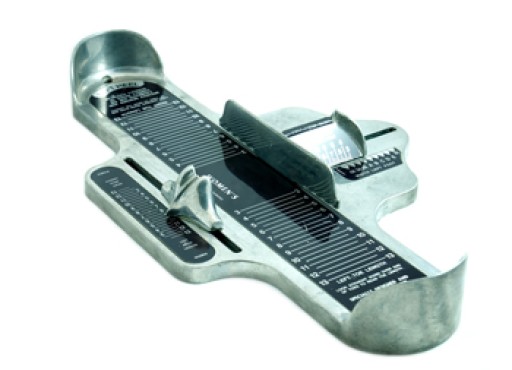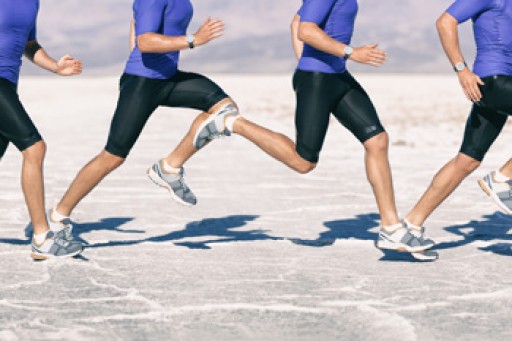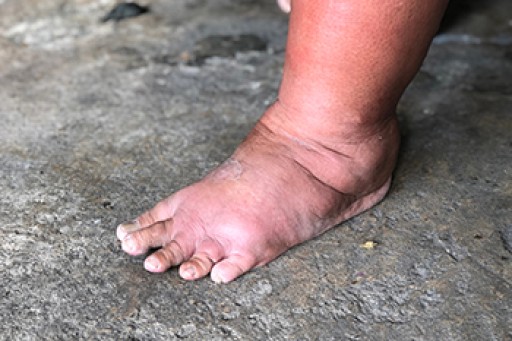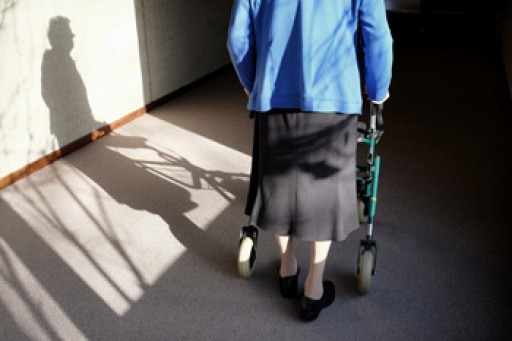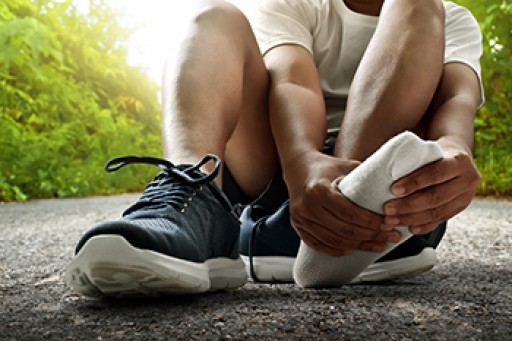
Some people find it difficult to find the right shoe size, and this may be a result of varying sizes between brands. The easiest way to get an accurate shoe size is by using a Brannock Device. Most shoe stores have this measuring tool, and it simplifies the way you can get an exact shoe size. If this is not available, there is an easy way to size your feet at home. This is done by taping a sheet of paper to the floor and one to the wall, followed by standing on the paper with your heel against the wall. A person is needed to trace the outline of your foot, and then it is beneficial to measure the length and width with a ruler. When shoes are tried on, it helps to purchase them at the end of the day when the feet are at their largest. Additionally, it is beneficial to wear the socks that would normally be worn with the shoes. The shoes need to fit comfortably when first tried on, as damage may occur to the feet if the wrong shoes are worn. If you would like more information about how to purchase the right size shoes, please ask a podiatrist who can help you with the right information.
Getting the right shoe size is an important part of proper foot health. Seek the assistance of one of our podiatrists from Community Foot Specialists. Our doctors will provide the care you need to keep you pain-free and on your feet.
Getting the Right Shoe Size
There are many people who wear shoes that are the incorrect size, negatively affecting their feet and posture. Selecting the right shoes is not a difficult process, so long as you keep several things in mind when it comes to choosing the right pair.
- When visiting the shoe store, use the tools available to measure your foot.
- Be sure there is ‘wiggle room’. There should be about an inch between your toes and the tip of your shoes.
- Do not always assume you are the same size, as manufacturers run differently.
- Purchase shoes later in the day, as your feet swell as the day progresses.
- If a shoe is not comfortable, it is not suitable. Most shoes can’t be ‘broken in’, and comfort should be the ultimate goal when it comes to choosing the right pair of shoes
As our feet hold our body weight and keep us moving, it is important to treat them right. Picking the right pair of shoes can provide your feet comfort and mobility without pain.
If you have any questions, please feel free to contact our offices located in Beavercreek, Dayton, and Vandalia, OH . We offer the newest diagnostic and treatment technologies for all your foot care needs.
